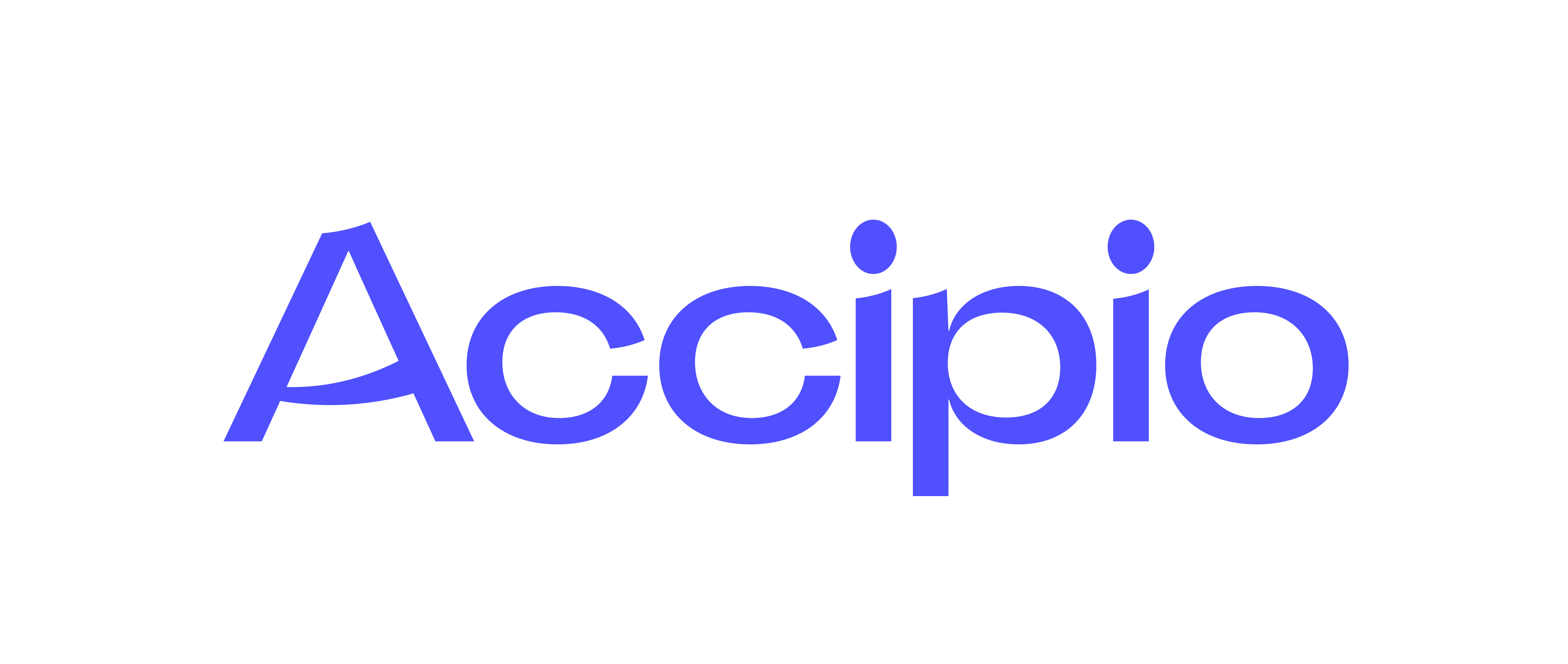12 Apr SIPOC Diagrams
SIPOC diagrams are an excellent tool to use at the very beginning of a change strategy. Too often change leaders initiate the change process without sufficient planning, and the change is destined to fail before it has begun. Alternatively, the change can still be successful but had many expensive amendments along the way. The idea behind meticulous planning before the change begins is that generally costs in this stage are far less than costs incurred when altering a change program.
Essentially the SIPOC diagram acts as a ‘roadmap’ from where you currently are to the desired end point of the change initiative. The 5 categories are Suppliers, Inputs, Processes, Outputs and Customers and by noting down all of these elements everything that is affected by and affecting the process should be accounted for. Firstly, the major elements of the process should be noted down, this can be as simple as meeting with a new client. Then outputs need to be identified, followed by defining your customer base. The inputs followed by the suppliers are the final elements to be noted down.
The SIPOC diagram is unlikely to be a tool used to lead the change process or even to be referred to throughout. However, it is very useful for visualising what exactly is currently going on and what needs to be done. The diagram should be distributed to each member of the team, and possibly external stakeholders, in order for everyone to be clear about every function of the organisation.
The figure below shows a very simple version of a SIPOC diagram for a car dealer. You can see from the diagram the process of understanding the client’s needs, finding the right car for them and securing the deal is supported by various suppliers, inputs, outputs, customers and requirements.


